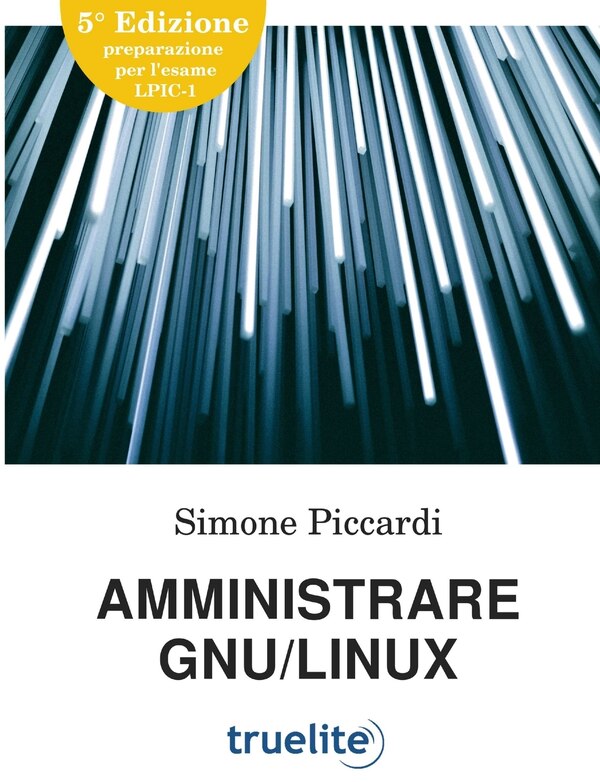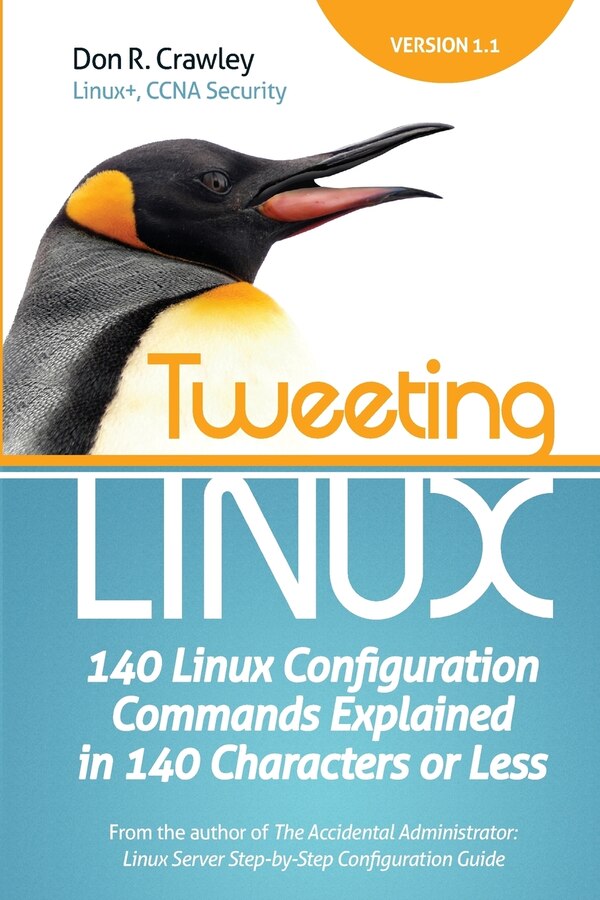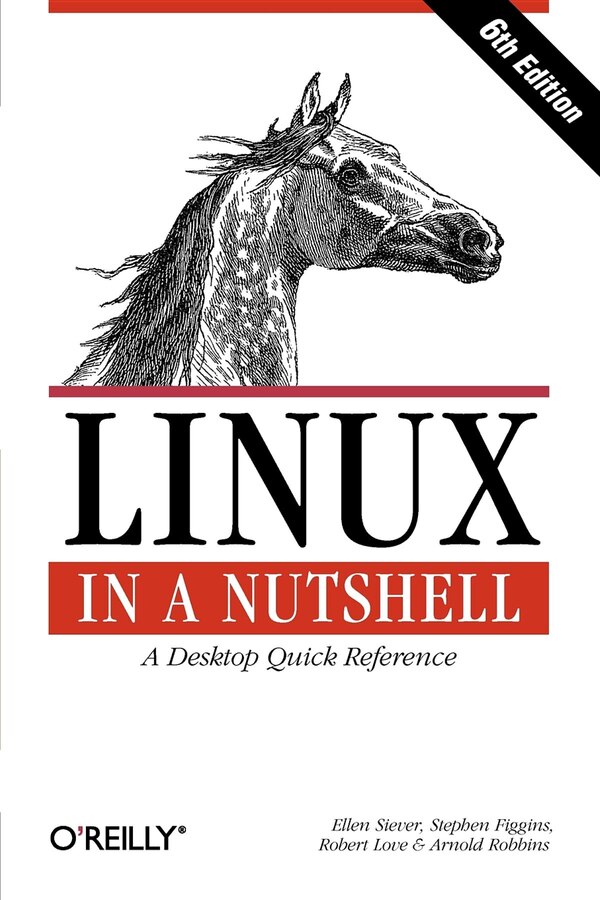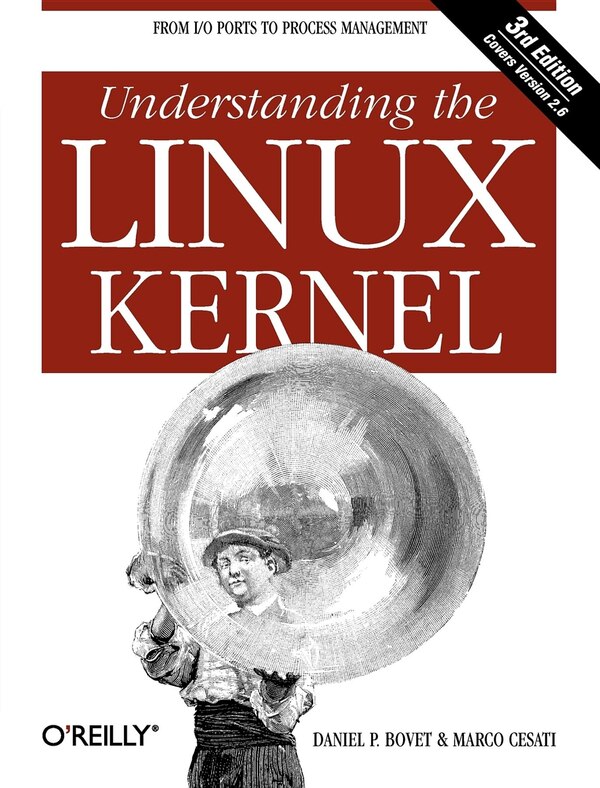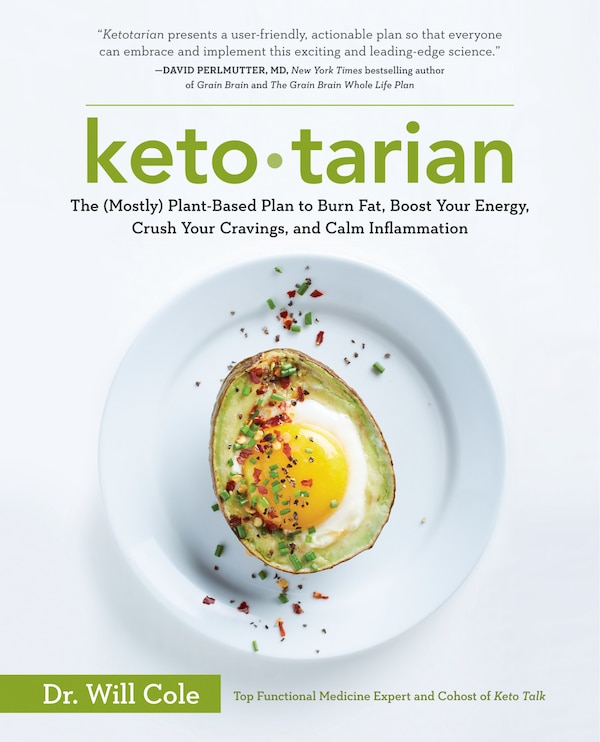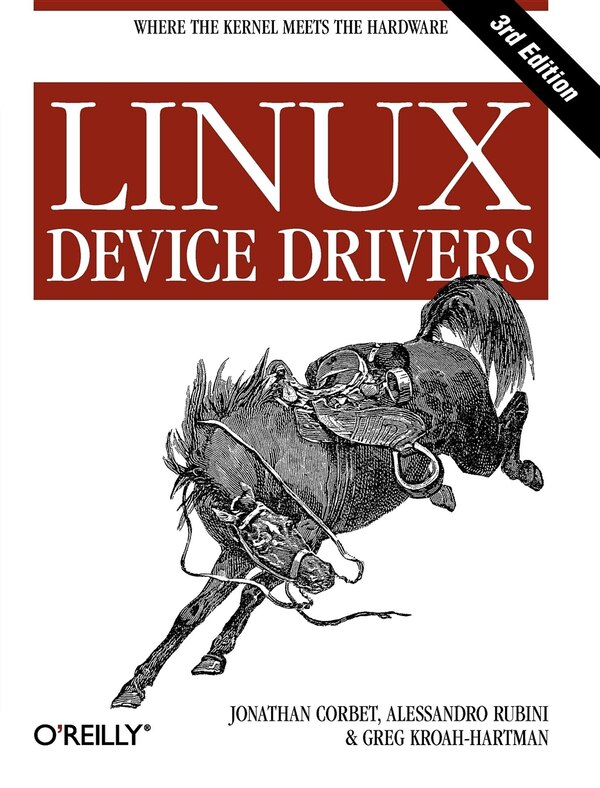
Gifting Made Simple
Give the Gift of ChoiceClick below to purchase a Bramalea City Centre eGift Card that can be used at participating retailers at Bramalea City Centre.Purchase HereHome
Spring Into Linux by Janet Valade, Paperback | Indigo Chapters
Coles
Loading Inventory...
Spring Into Linux by Janet Valade, Paperback | Indigo Chapters in Brampton, ON
From Janet Valade
Current price: $58.50

Coles
Spring Into Linux by Janet Valade, Paperback | Indigo Chapters in Brampton, ON
From Janet Valade
Current price: $58.50
Loading Inventory...
Size: 0.87 x 9.36 x 1.47
*Product information may vary - to confirm product availability, pricing, and additional information please contact Coles
Preface Preface I am not only a writer of technical books, I am also a consumer of technical books. I like learning from books. All the information is pulled together for me, arranged in a logical learning sequence by someone who understands the subject. I learn much faster when a good book on the subject is available. This applies to all areas of my life, not just computing. I have a library that includes how-to books for everything I have ever tried to do-from meditating to playing the guitar to fixing my dryer to growing herbs. This book is the book I needed when I was learning Linux. The essential information is inside, organized into compact chunks-a lot of information in a small space. This book is too small to be a good doorstop or stepping stool to the top shelf, but just right for getting up and productive with Linux in no time at all. Who Should Read This Book? The book is meant for computer users who are new to Linux. Your understanding of computer concepts and experience with another operating system allows you to grasp the Linux information quickly. You do not need to be told how to press the power switch. You are way beyond this. You can get your work done on Windows or Mac or UNIX ; you just need a quick start guide for working on Linux. It is not impossible to learn Linux from this book without a background in computers-just difficult. The book assumes an understanding of concepts and computer use that you may not possess. However, if you appreciate a book that assumes you can understand quickly and delivers information in a compact form, without distractions and repetitive explanations, give this one a try. It might work for you. How Is This Book Organized? This book is organized in 19 chapters. Each chapter focuses on a topic, providing an overview and how-to information. The chapters are as follows: Chapter 1, Understanding Open Source Software: Describes open source beliefs and practices. See how they differ from the beliefs and practices prevalent with proprietary software. Chapter 2, Choosing a Linux Distribution: Provides the information needed to choose among the many Linux flavors. Chapter 3, Getting Ready to Install Linux: Instructions for preparing your computer for a Linux install. Chapter 4, Installation: Installation steps. Chapter 5, Interacting with Linux: How to get work done using Linux. Chapter 6, Using Your Desktop: How to use the two major Linux desktops-KDE and GNOME. Chapter 7, Using the Command Line: How to enter commands directly into Linux, without using the desktop. Chapter 8, Linux Accounts: No work can be done on a Linux system without using a Linux account. This chapter describes how to create accounts and associated information, such as passwords, owners, groups, and so forth. Chapter 9, File Management: How to create, copy, rename, delete, and otherwise manage Linux files. Chapter 10, Applications and Programs: How to download, install, and run Linux applications and programs. Chapter 11, Word Processing: How to use the OpenOffice word processing application. Chapter 12, Spreadsheets: How to use the OpenOffice spreadsheet application. Chapter 13, Graphics: How to create, edit, and manipulate different types of graphics files. Chapter 14, Printing: How to set up and use a printer on Linux. Chapter 15, The Internet: How to access and browse the Internet. Chapter 16, Multimedia: How to play sound and video files on Linux. Chapter 17, Email, Messaging, and News:How to communicate with other people over the Internet. Chapter 18, Editing Text Files: How to create and edit text files, such as HTML files, program source code, and Linux configuration files. Chapter 19, Shell Scripts: How to write and use shell scripts. Two appendixes are also included: Appendix A, Regular Expressions: How to build regular expressions, patterns used by many different Linux applications. Appendix B, Command Reference : Description and information about the commands available for use with the CLI. What s Unusual About This Book? This book-like the other books in the Spring Into ...Series-provides the following eccentricities: Each topic is explained in a discrete one- or two-page unit called a chunk. Each chunk builds on the previous chunks in that chapter. Most chunks contain one or more examples. I learn best from examples. I don t think my learning style is unique. I believe I have company in my appreciation for examples. The heading for each chunk appears in the table of contents. The small chunk size means the chunk heading pinpoints small amounts of information. Finding information is soeasy. Information is packed densely in each chunk. I have toiled to make each word contribute to your understanding of Linux. The result is focussed information-information you can find when you need it. Who Helped Me Write This Book? Linux | Spring | Spring Into Linux by Janet Valade, Paperback | Indigo Chapters
Preface Preface I am not only a writer of technical books, I am also a consumer of technical books. I like learning from books. All the information is pulled together for me, arranged in a logical learning sequence by someone who understands the subject. I learn much faster when a good book on the subject is available. This applies to all areas of my life, not just computing. I have a library that includes how-to books for everything I have ever tried to do-from meditating to playing the guitar to fixing my dryer to growing herbs. This book is the book I needed when I was learning Linux. The essential information is inside, organized into compact chunks-a lot of information in a small space. This book is too small to be a good doorstop or stepping stool to the top shelf, but just right for getting up and productive with Linux in no time at all. Who Should Read This Book? The book is meant for computer users who are new to Linux. Your understanding of computer concepts and experience with another operating system allows you to grasp the Linux information quickly. You do not need to be told how to press the power switch. You are way beyond this. You can get your work done on Windows or Mac or UNIX ; you just need a quick start guide for working on Linux. It is not impossible to learn Linux from this book without a background in computers-just difficult. The book assumes an understanding of concepts and computer use that you may not possess. However, if you appreciate a book that assumes you can understand quickly and delivers information in a compact form, without distractions and repetitive explanations, give this one a try. It might work for you. How Is This Book Organized? This book is organized in 19 chapters. Each chapter focuses on a topic, providing an overview and how-to information. The chapters are as follows: Chapter 1, Understanding Open Source Software: Describes open source beliefs and practices. See how they differ from the beliefs and practices prevalent with proprietary software. Chapter 2, Choosing a Linux Distribution: Provides the information needed to choose among the many Linux flavors. Chapter 3, Getting Ready to Install Linux: Instructions for preparing your computer for a Linux install. Chapter 4, Installation: Installation steps. Chapter 5, Interacting with Linux: How to get work done using Linux. Chapter 6, Using Your Desktop: How to use the two major Linux desktops-KDE and GNOME. Chapter 7, Using the Command Line: How to enter commands directly into Linux, without using the desktop. Chapter 8, Linux Accounts: No work can be done on a Linux system without using a Linux account. This chapter describes how to create accounts and associated information, such as passwords, owners, groups, and so forth. Chapter 9, File Management: How to create, copy, rename, delete, and otherwise manage Linux files. Chapter 10, Applications and Programs: How to download, install, and run Linux applications and programs. Chapter 11, Word Processing: How to use the OpenOffice word processing application. Chapter 12, Spreadsheets: How to use the OpenOffice spreadsheet application. Chapter 13, Graphics: How to create, edit, and manipulate different types of graphics files. Chapter 14, Printing: How to set up and use a printer on Linux. Chapter 15, The Internet: How to access and browse the Internet. Chapter 16, Multimedia: How to play sound and video files on Linux. Chapter 17, Email, Messaging, and News:How to communicate with other people over the Internet. Chapter 18, Editing Text Files: How to create and edit text files, such as HTML files, program source code, and Linux configuration files. Chapter 19, Shell Scripts: How to write and use shell scripts. Two appendixes are also included: Appendix A, Regular Expressions: How to build regular expressions, patterns used by many different Linux applications. Appendix B, Command Reference : Description and information about the commands available for use with the CLI. What s Unusual About This Book? This book-like the other books in the Spring Into ...Series-provides the following eccentricities: Each topic is explained in a discrete one- or two-page unit called a chunk. Each chunk builds on the previous chunks in that chapter. Most chunks contain one or more examples. I learn best from examples. I don t think my learning style is unique. I believe I have company in my appreciation for examples. The heading for each chunk appears in the table of contents. The small chunk size means the chunk heading pinpoints small amounts of information. Finding information is soeasy. Information is packed densely in each chunk. I have toiled to make each word contribute to your understanding of Linux. The result is focussed information-information you can find when you need it. Who Helped Me Write This Book? Linux | Spring | Spring Into Linux by Janet Valade, Paperback | Indigo Chapters




